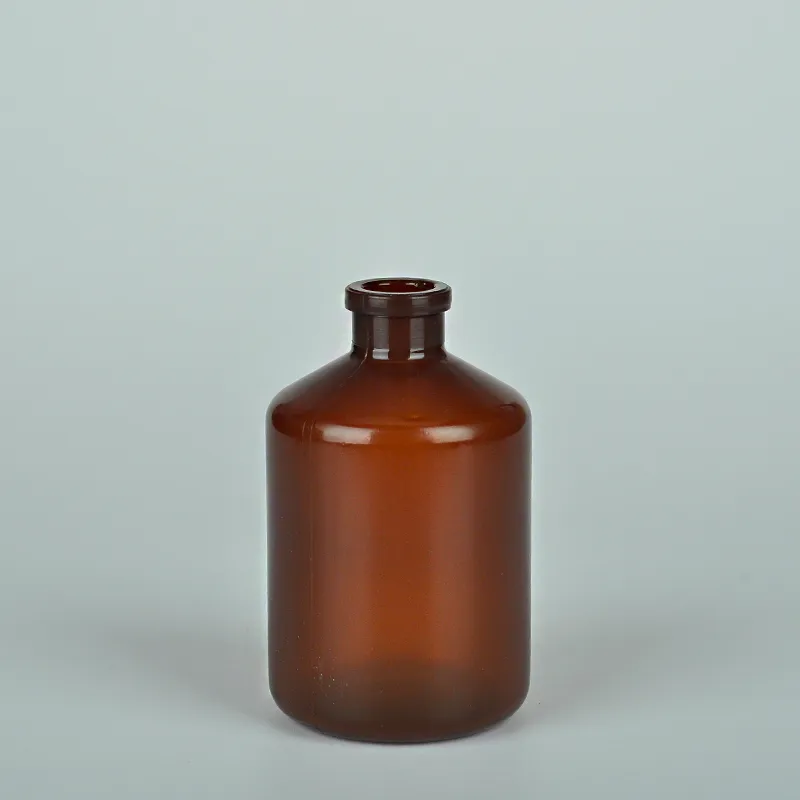dropper with ml
The Versatile Dropper A Key Tool in Any Laboratory
The dropper, often overlooked, plays an essential role in various fields including chemistry, biology, and even culinary arts. Specifically, a dropper with milliliter (ml) markings has become a staple in laboratories, educational settings, and homes for precisely dispensing liquids. This article delves into the significance, uses, and advantages of using a calibrated dropper in different contexts.
Understanding the Dropper
A dropper is a simple tool that consists of a slender tube with a bulb at one end. The bulb creates suction that allows the user to draw a liquid into the tube. The measurement markings, typically indicated in milliliters, facilitate accurate dosing, making it an indispensable instrument in scientific investigations and cooking experiments alike. Although dropper designs can vary in length and material, the principle remains the same delivering a small volume of liquid with precision.
Applications of Droppers in Laboratories
1. Chemical Experiments In chemistry labs, the ability to dispense precise amounts of reagents can dictate the success of an experiment. A dropper calibrated in milliliters allows chemists to conduct titrations, mix solutions, and prepare samples with enhanced accuracy. Using a dropper eliminates the risks associated with using larger measuring devices, thereby minimizing the potential for waste or errors.
2. Biology Preparations Biologists often require minute quantities of reagents or culture media for their experiments. Droppers enable researchers to inoculate cultures, add stains, or prepare slides with exact doses. Precise liquid handling is crucial when dealing with sensitive biological materials, as even a slight deviation in volume can yield misleading results.
3. Microfluidics The emerging field of microfluidics, which involves the manipulation of small volumes of fluids, has greatly benefited from the use of droppers. Miniature droppers can facilitate the intricate mixing of chemicals at a microscale, thus allowing researchers to develop new diagnostic tools and treatment methods.
4. Pharmaceutical Applications In pharmacies and clinical settings, droppers play an essential role in accurately dispensing liquids, particularly in pediatric dosing. Droppers with ml measurements ensure that patients, especially children, receive the correct amount of liquid medication. This precision helps in preventing underdosing or overdosing, which can have significant health implications.
dropper with ml

Culinary Uses of Droppers
Beyond the laboratory, droppers find their place in the culinary world as well. Chefs and home cooks use droppers to add concentrated flavors, essential oils, or even dyes to their dishes. For instance, a few drops of a flavored extract can enhance desserts without overwhelming the palate. Furthermore, droppers assist in decorating plates or infusing oils, offering a degree of sophistication in presentation.
Advantages of Using a Calibrated Dropper
1. Precision The primary advantage of using a dropper with milliliter markings is the precision it offers. In fields where exact measurements are crucial, such as in formulations or reactions, the use of a calibrated dropper mitigates human errors associated with free-hand pouring.
2. Ease of Use Dropper designs often incorporate ergonomic features that enhance usability. The bulb design enables easy suction and dispensing, making it accessible for users of all skill levels.
3. Cost-Effective Droppers are typically inexpensive, making them an affordable choice for both laboratories and home kitchens. Their reusability, particularly with proper cleaning, further contributes to their cost-effectiveness.
4. Versatility The utility of droppers extends beyond liquids; they can also be used for dispensing viscous materials, allowing for a wider range of applications.
Conclusion
In conclusion, the dropper is a versatile tool that combines simplicity with functionality. Its importance in various fields cannot be understated, from precise scientific measurements to culinary creativity. As technology advances, the designs and materials of droppers are likely to evolve, but the foundational role of this humble tool in both laboratories and kitchens will remain steadfast. Whether you are conducting a complex experiment or crafting a gourmet dish, having a reliable dropper with milliliter markings on hand is undeniably beneficial.
-
Aesthetic Makeup Spray Bottles | Fine Mist Empty RefillableNewsAug.19,2025
-
White Plastic Veterinary Vaccine Vials | Lab Liquid BottlesNewsAug.18,2025
-
Plastic Medicine Liquid Bottle: Secure Flip Top Drug VialsNewsAug.17,2025
-
Durable 250ml Blue Plastic Vaccine Vial for Lab & Vet UseNewsAug.16,2025
-
Sterile Virus Sample Tubes: Secure & Reliable Specimen CollectionNewsAug.15,2025
-
White 250ml Plastic Vaccine Vial for Lab & Vet MedicineNewsAug.14,2025
























